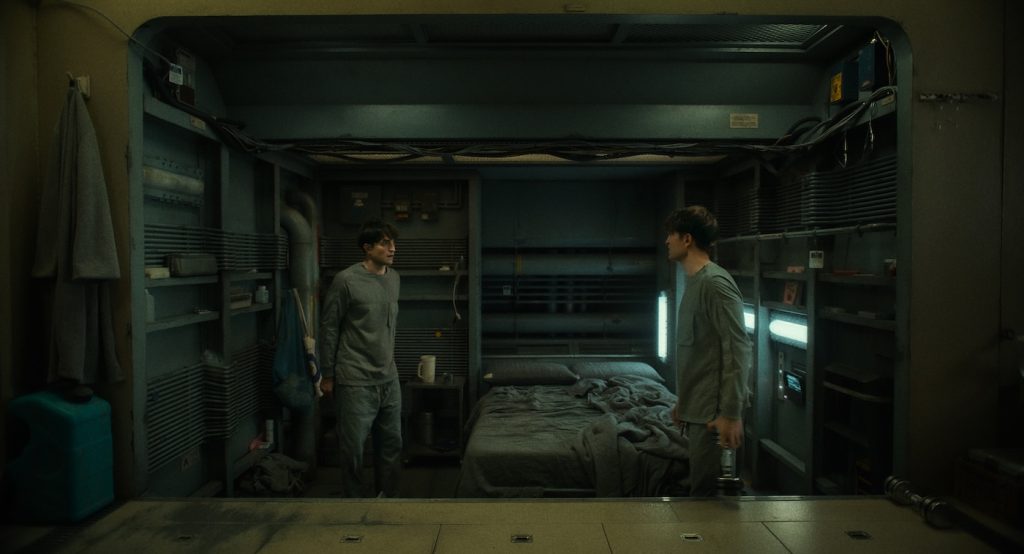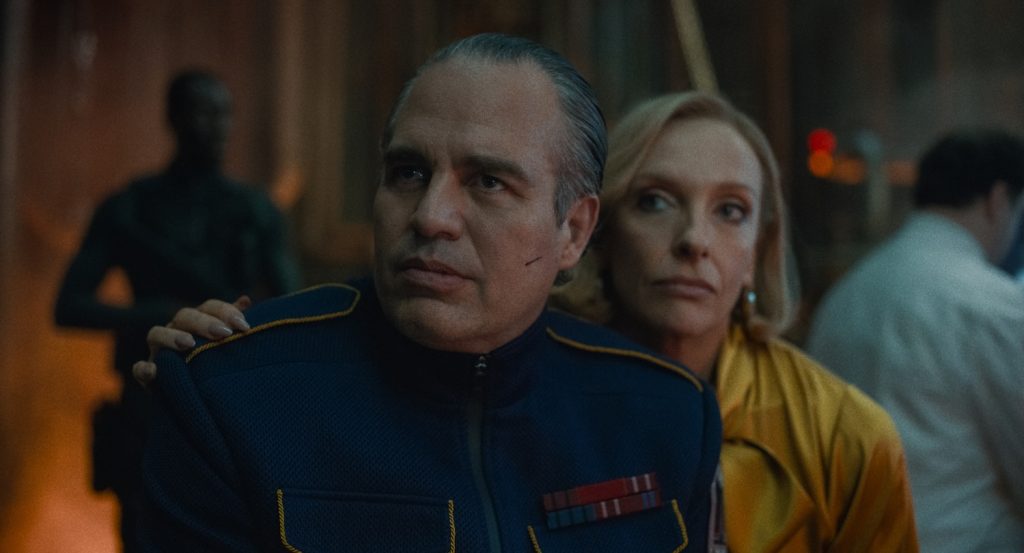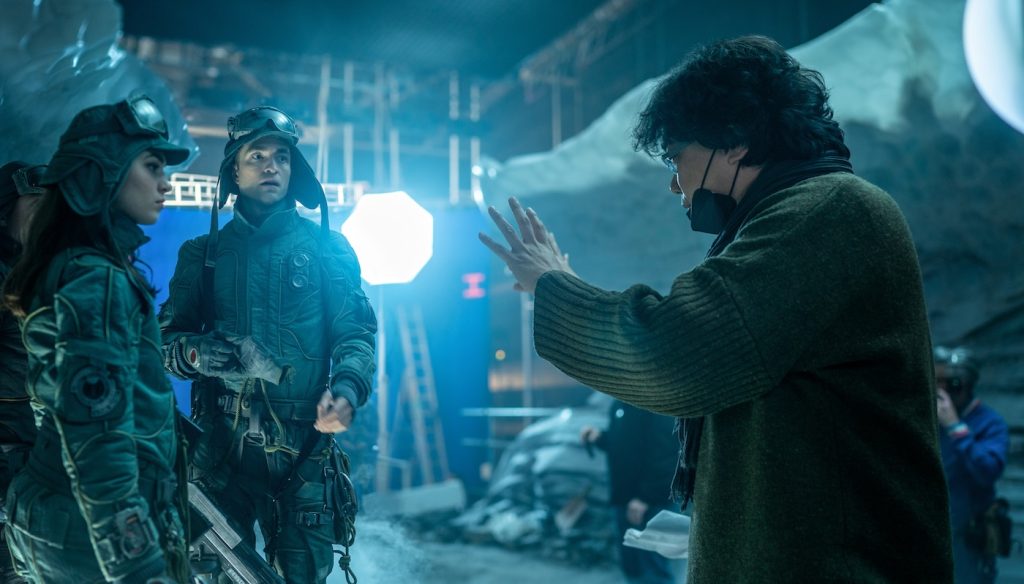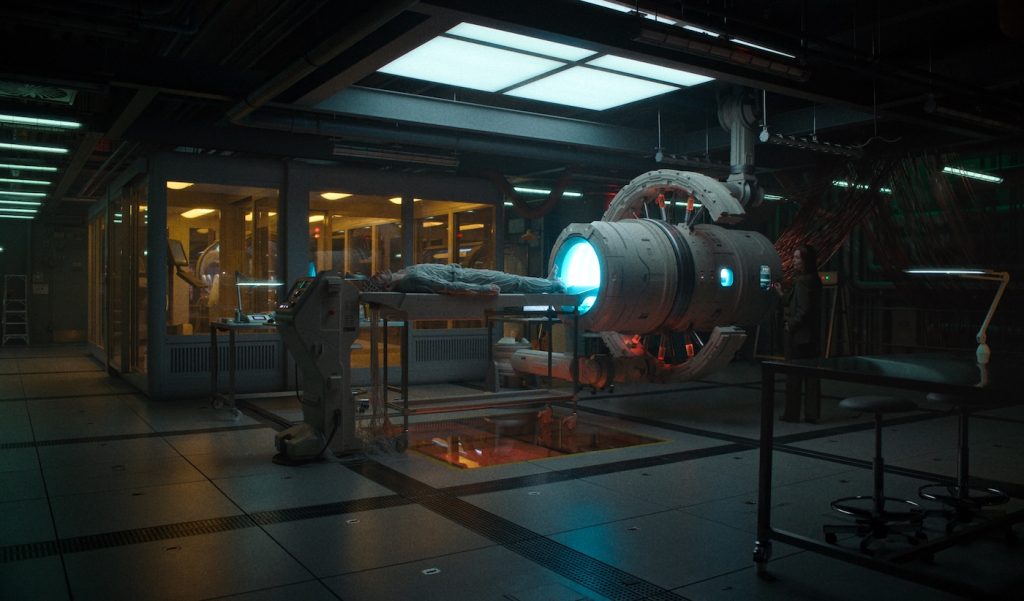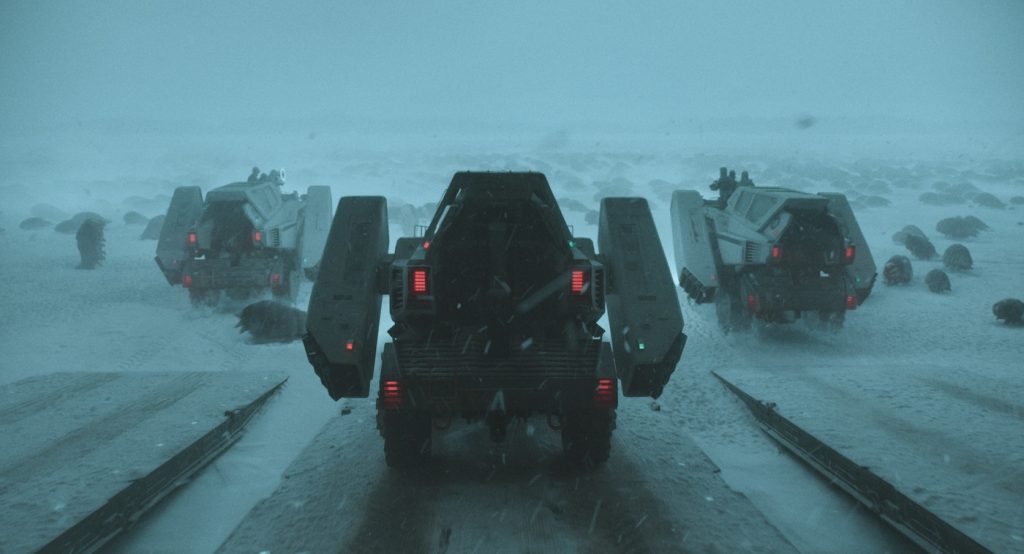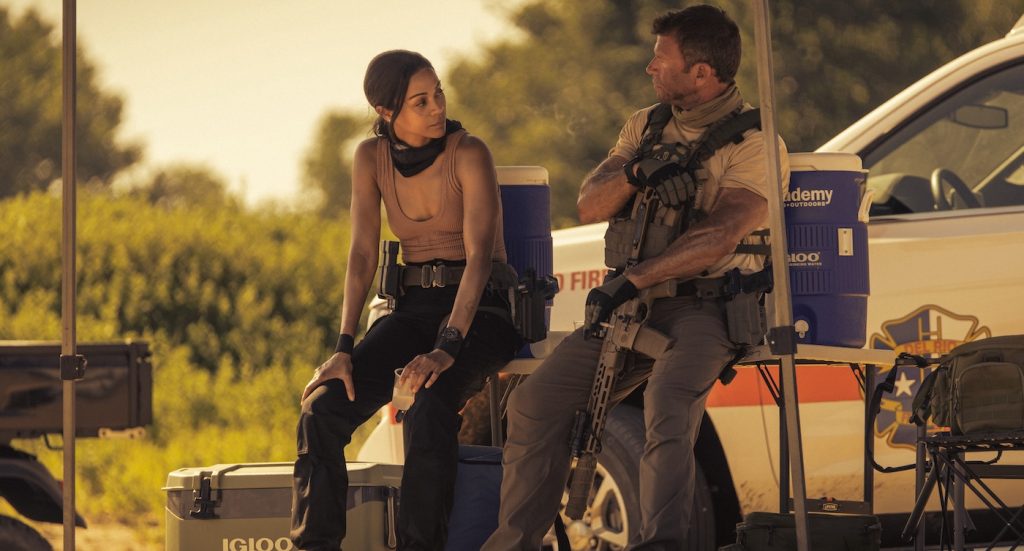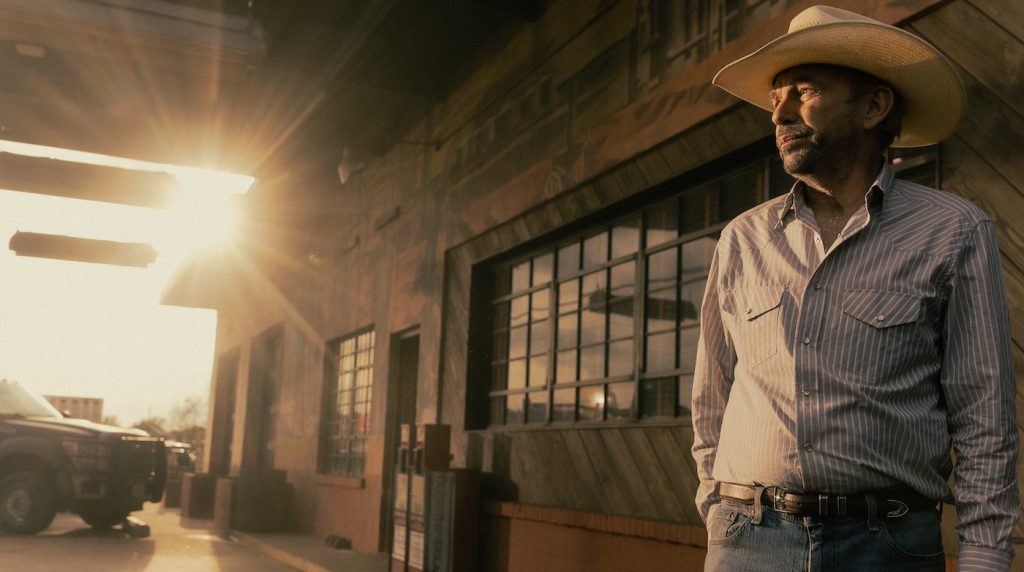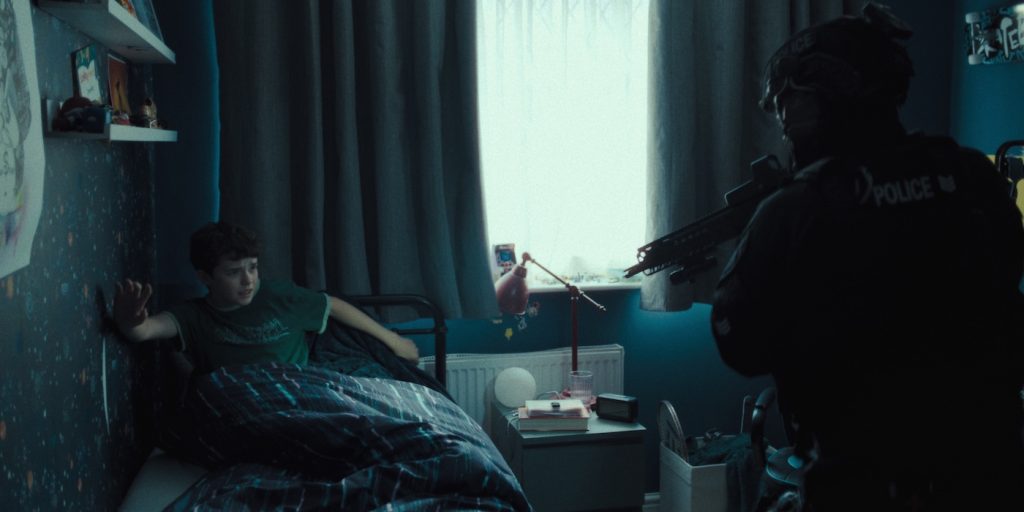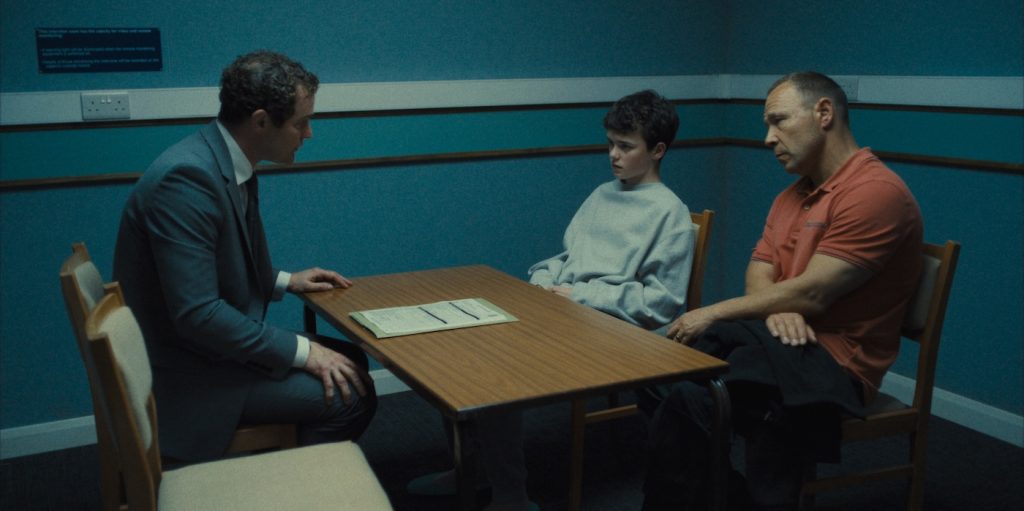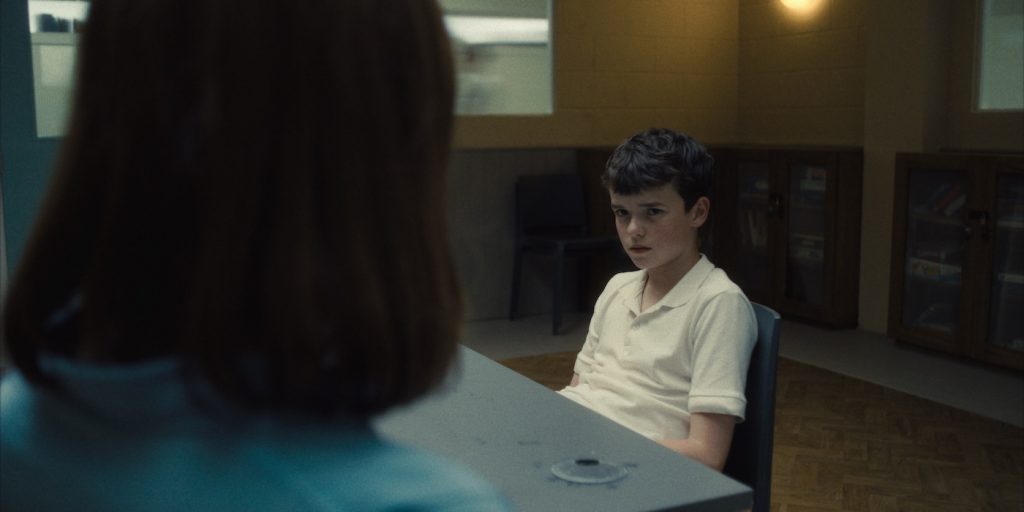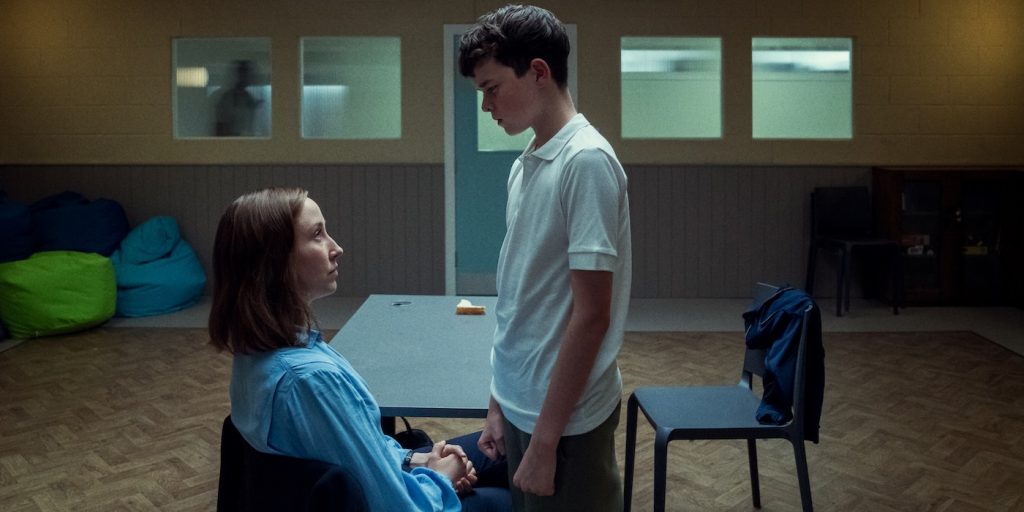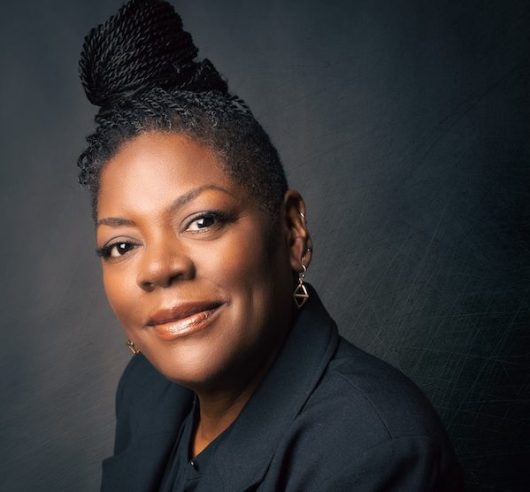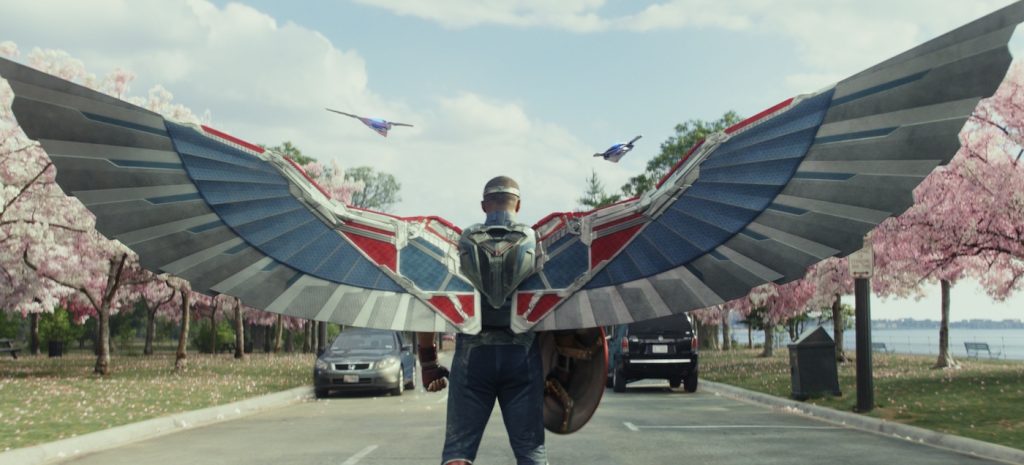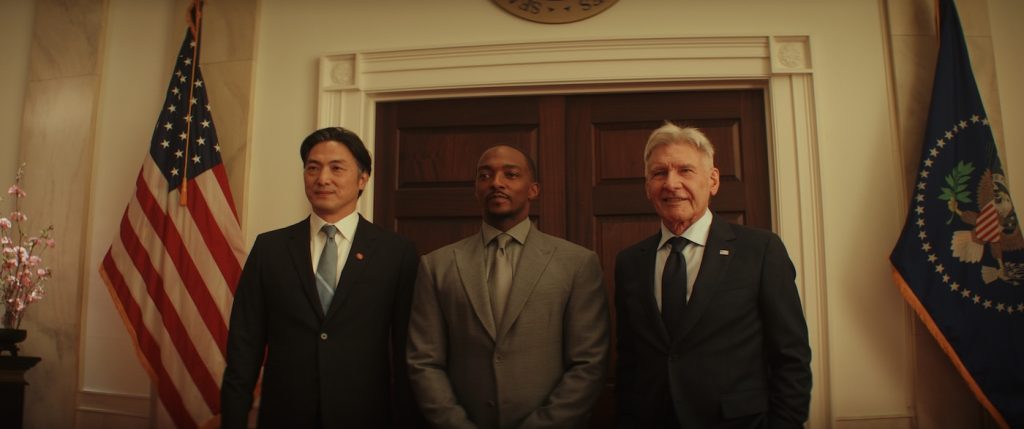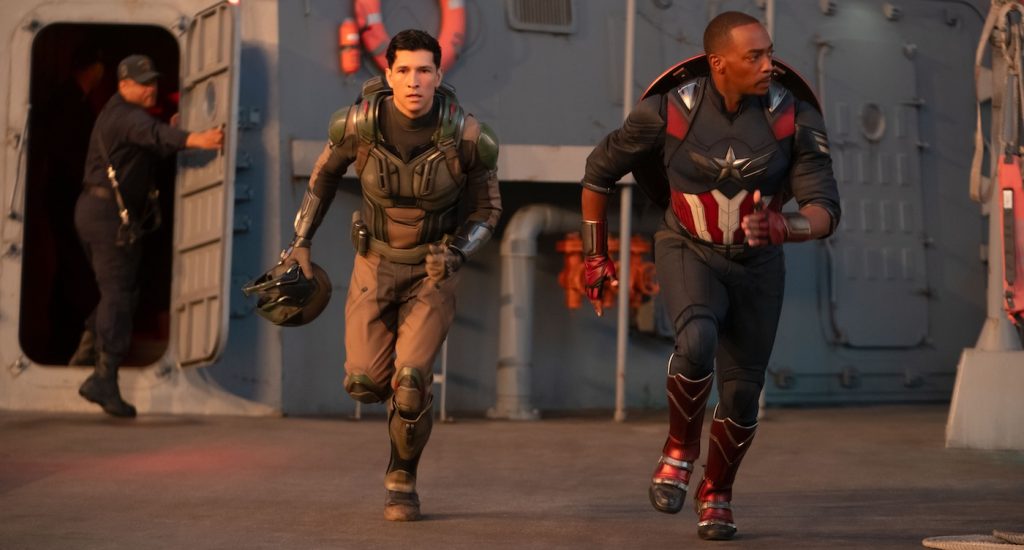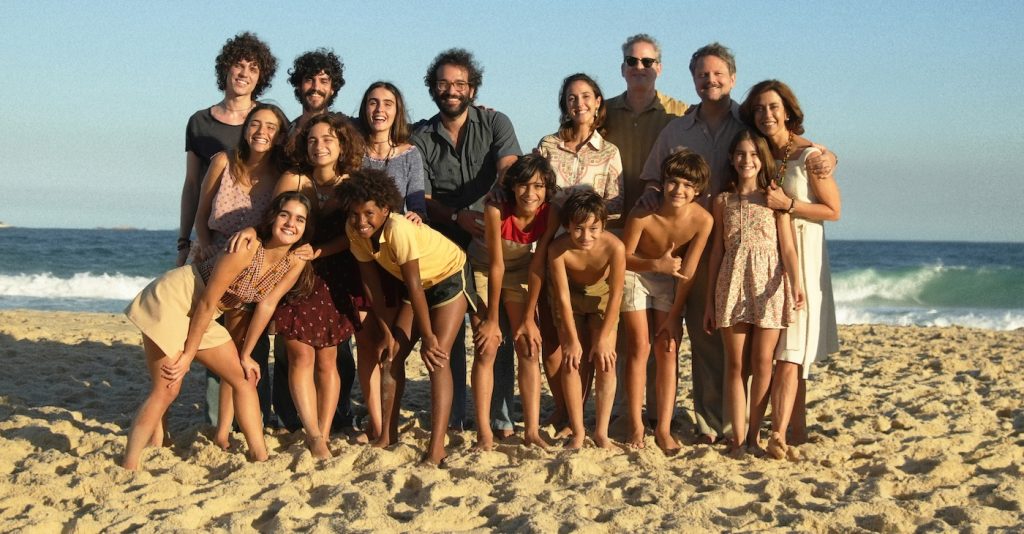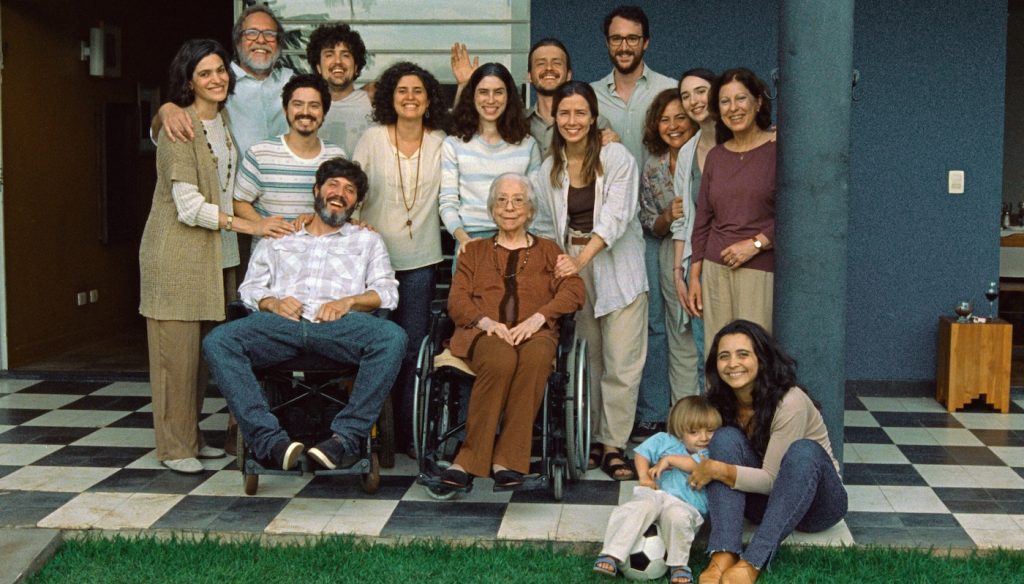Severance earned 14 Emmy nominations the first time around, and after a three-year hiatus, the show has reignited fan frenzy as it builds toward the Season 2 finale streaming Friday [March 21] on Apple TV +. Again, bifurcated employees and their bosses (Adam Scott, Britt Lower, Patricia Arquette, John Turturro, Zach Cherry, Tramell Tillman and Christopher Walken) navigate the tortuously fascistic world of Lumon Industries, which severs employees from their civilian selves — but now, the “outies” are fighting back.
To sustain the show’s spookily spare aesthetic, showrunner/creator Dan Erickson and executive producer/director Ben Stiller bolstered their original team, including production designer Jeremy Hindle, with new behind-the-scenes talents, including French cinematographer David Lanzenberg. Emmy-nominated for shooting Tim Burton’s moody Netflix series Wednesday, Lanzenberg paired with German DP/ director Uta Briesewitz (Stranger Things) on episodes six and nine.
From his home in Los Angeles, Lanzenberg talks about filming in upstate New York, borrowing camera moves from a 1965 spy movie, and meeting Prince during his pre-Severance early days in L.A.
So much of Severance takes place against stark white punctuated with big blocks of primary colors, especially blue. The wardrobe, the wall colors, and, in your ninth episode, even the wintery exteriors all share this very pared-down palette. How did you arrive at those color choices?
The palette itself was something that Ben Stiller and [cinematographer] Jessica Lee Gagné designed, and yes, we have many shades of blue throughout the episodes. I was just a blip on a fast-moving bicycle but we were given a very strong list of references and ideas as to what the framing of the show should be.
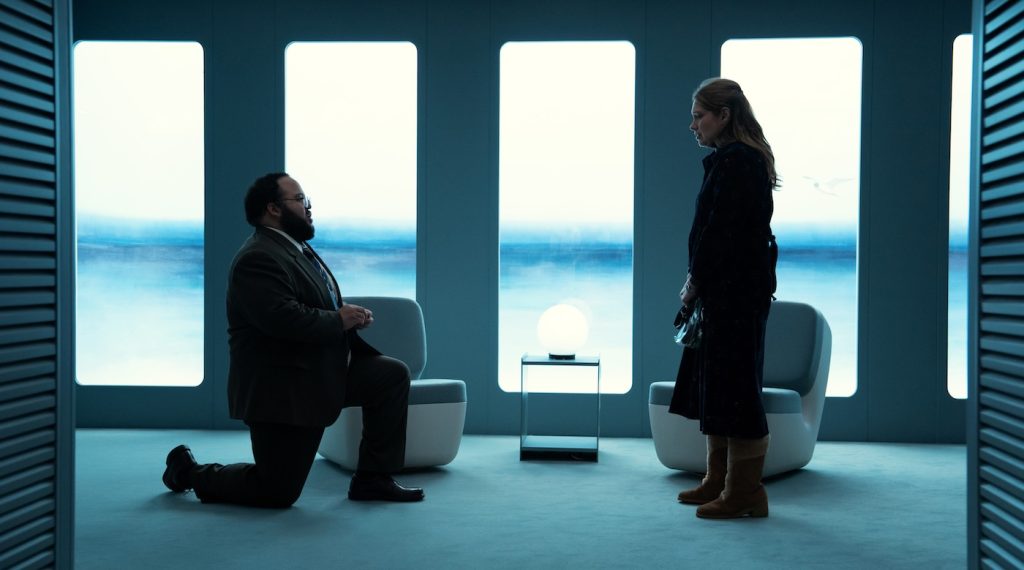
What were some of those references?
One film I’d never seen before is The Ipcress File, an amazing 1965 movie with Michael Caine. It was a good guide for us because, in television, coverage can get very boring very quickly. But The Ipcress File was unorthodox in the way it used very long shots to get into coverage, which of course, you have to for dialogue scenes. It’s all right there in the blocking and compositions, with the camera very much taking a point of view.
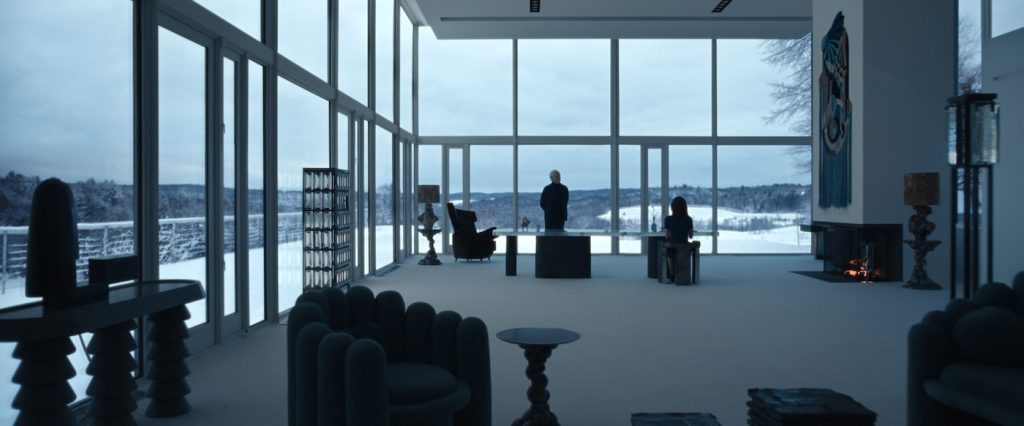
You filmed wintry landscapes in Episode 9, like when Cobel meets Mark in the forest, by featuring black trees and white snow infused with this blue tint. Did you use filters to get that tone?
Back in the day when we shot on film, we definitely would have committed to the look with filters, but this time around, we used Sony CineAlta VENICE digital cameras and followed one LUT [Look Up Table] — I call it film stock — which gave us the parameters within which to shoot the show. For Severance, the palette was very blue, very cold.
Many scenes in Severance involve two people talking, and you frame these conversations in such fresh ways, especially through the use of negative space. In the dinner conversation between Burt and Irving, we see a character’s face on one side of the frame, maybe a fireplace in the background, and everything else is dark.
I had the biggest smile on my face, lighting Chris Walken and John Turturro because they’re such exquisite actors. We had to be nimble with the cameras and not too fussy with lighting. We used a practical light on the dinner table that you can see in the wide shots, which was brought to us by our set decorator, David Schlesinger. We decided to use that light as our main source. Uta and I then found the angles that would be interesting within the Severance world where there would be a lot of dark.
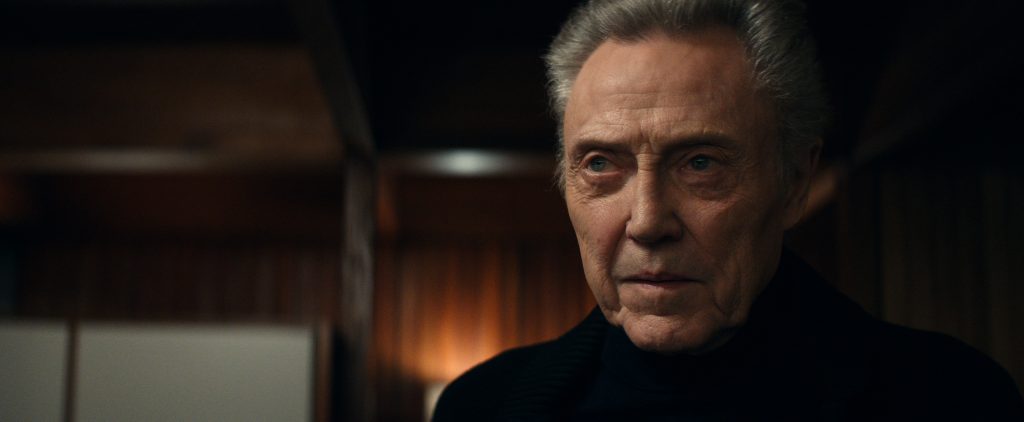
The camera work and lighting underscore the characters’ isolation in this scene and many others.
It’s definitely not the documentary style you find in some shows where camera placement doesn’t matter as long as you capture the mouth to show the dialogue. Here, there’s such specificity and attention to detail, which I loved. There’s a scene with Helly when she’s in the bathroom with Mark, just the simple focus pull shows her loneliness. When you have two people talking but you’re also able to feel emotion with the camera, that can go very far.
In Episode 9, drone footage conveys this wintry landscape with overhead shots of country roads and snowy forests. How did you manage that?
We had an amazing drone team. Some of those exteriors in the wintertime are majestic, almost painterly at times. I remember sitting at home here in L.A. after doing [episode] 206 when I got a call saying they needed cutaway footage of the winter right away. We had a location manager in New York who also owns a consumer-level drone, so he filmed looks of the area, and then we brought in professional crews to do the final.

You filmed on location, mainly in New York, right?
The Lumon headquarters we filmed at the old Bell Labs in New Jersey, but most of the locations were in upstate New York, which is really beautiful. We shot soundstage stuff in the Bronx.
The upstate locations included the small towns of Kingston, Beacon, Hudson, Ossining, Nyack, and Utica, which provided that magnificent old railroad station as the setting for Irving’s departure. Do you feel it’s important to shoot locally for a story of this nature?
I think it’s extremely important, and these days, unfortunately, things seem a little bit twisted at times. I did some additional photography just now for a show that was supposed to take place in North Carolina, and instead, eight weeks before going to camera, they said, “No, you have to shoot in Australia and make it look like North Carolina” to save money. They had the hardest time, and in the end, I think it cost them more money because they had to do additional photography, and the show ended up being kind of a disaster. As much as possible, I would suggest that if the story’s about L.A., it should be shot in L.A. If New York is a character, try as much as you can to shoot it there.
There’s an instantly identifiable precision to the Severance look, encompassing production design, wardrobe, and cinematography. To make sure your scenes locked in to that aesthetic, did you and Uta work from a shot list?
We had a good, disciplined process where Uta would talk about the blocking and we’d know where the cameras would be, but we did not storyboard or shot list—that’s not Uta’s thing. There were key frames that we wanted but when it came down to the performances themselves, we respected what the actors came up with and [filmed] what happened on the day.

Your compositions sometimes bring to mind the portraits of Spanish artist Caravaggio in that both his paintings and your shots use shadow to evoke emotion.
It’s always very important for me to take a beat before rolling to look at the frame. I generally start with something wide, so I’ll take a step back and ask myself “Is there enough negative space, is there enough darkness, is there enough shade? Does it feel right?” There always needs to be a balance.
If we can go off tangent for a moment, after you moved from France to Los Angeles, you were invited in the early 2000s to work with Prince on a short film. What was it like meeting Prince?
It’s eleven thirty at night, I’m in bed with my girlfriend at the time and I get a call from the producer I knew saying, “You need to meet Prince right now” Boom! I put my pants on, drive over to this party. I’m introduced to Prince and I swear to you. Prince was not walking. He was gliding. It was the strangest thing. He only said to me, “What kind of music are you into?” I said “French house music.” He nodded his head and walked away.
That was it? No chit-chat?
Prince was a man of very few words. But you had to pay attention.
Fans certainly pay close attention to Severance. What counts for you as a favorite bit of experimentation that people may or may not have noticed.
In a scene for episode 206, [production designer] Jeremy [Hendle] brought half of that kitchen from Lumon offices to Mark’s apartment because we were going back and forth between two worlds. We matched the cuts, matched all the angles — I love those surreal moments, taking a page out of the madness of [Spanish surrealist filmmaker] Luis Buñuel. It opens muscles in your brain.
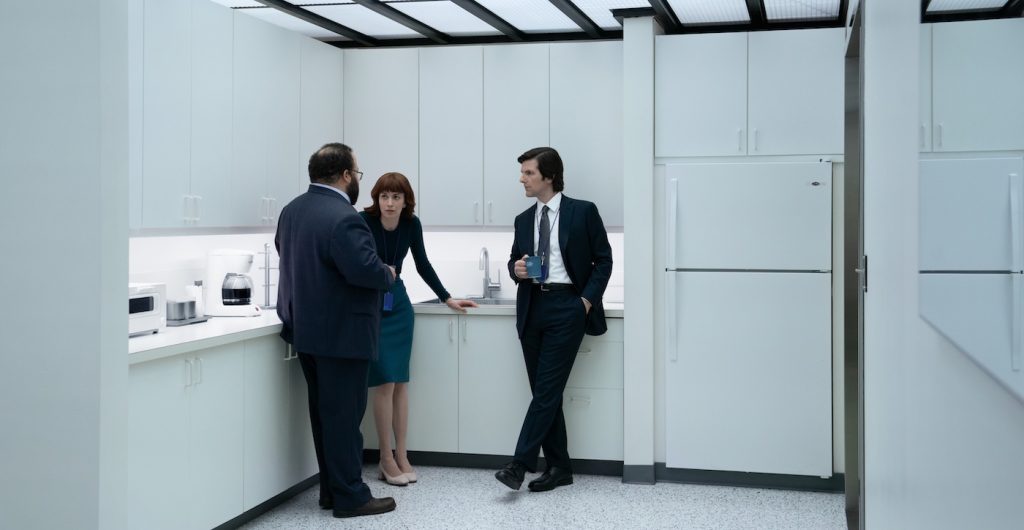
All the actors in this show are accomplished but this season, Tramell Tillman as Lumon boss Milchick stands out. Do you have a favorite Milchick scene?
One of my favorite scenes is in 206 when Milchick looks at himself in the mirror and says, “Grow.” Trammell’s performance was so strong; we thought he deserved something very specific, so we took a page—again I don’t have any original thoughts[laughing]—from [2009 French thriller] Enter the Void, where the actor’s looking at himself in the mirror and the camera is basically him, but it’s a body double mimicking his actions. We didn’t have much time that night, but we achieved a shot that I’m very proud of.
You parachuted into Severance universe for two episodes and survived to tell the tale. What’s your takeaway?
It was really exciting to realize that television doesn’t have to be middle of the road. We were able to think outside the box with influences and references, and it was great to have Ben Stiller, somebody who has one vision, and you answer to that one vision. It’s not a democracy.
The poster on the wall behind you reads “La Coupole”?
That’s a restaurant in Paris. If you like oysters, I highly recommend it.
Severance season 2 is currently streaming on Apple TV+.
Featured image: Severance L to R: Sarah Bock, Adam Scott, Britt Lower Photo: Apple TV+


